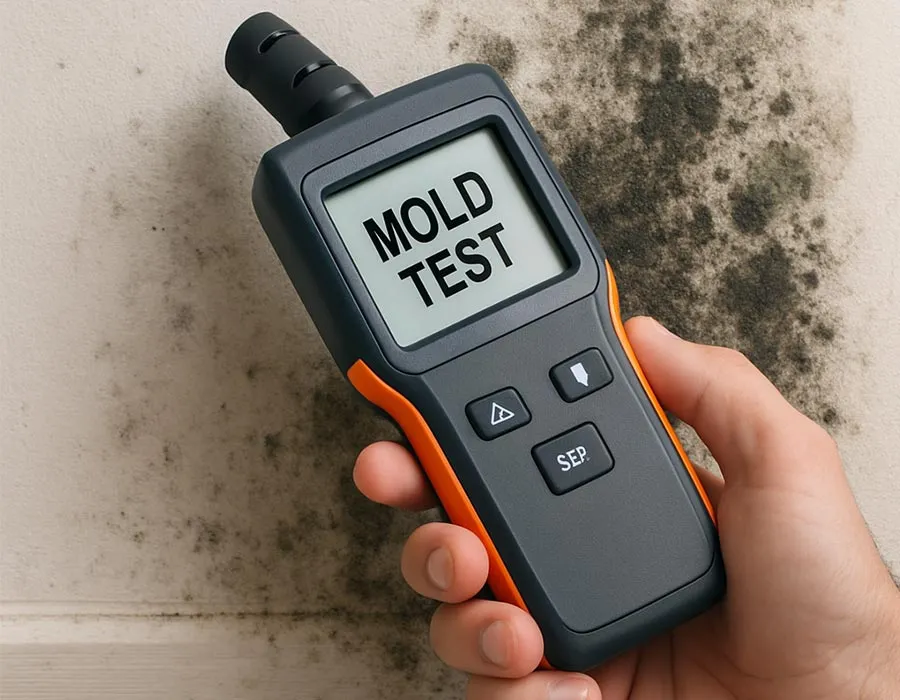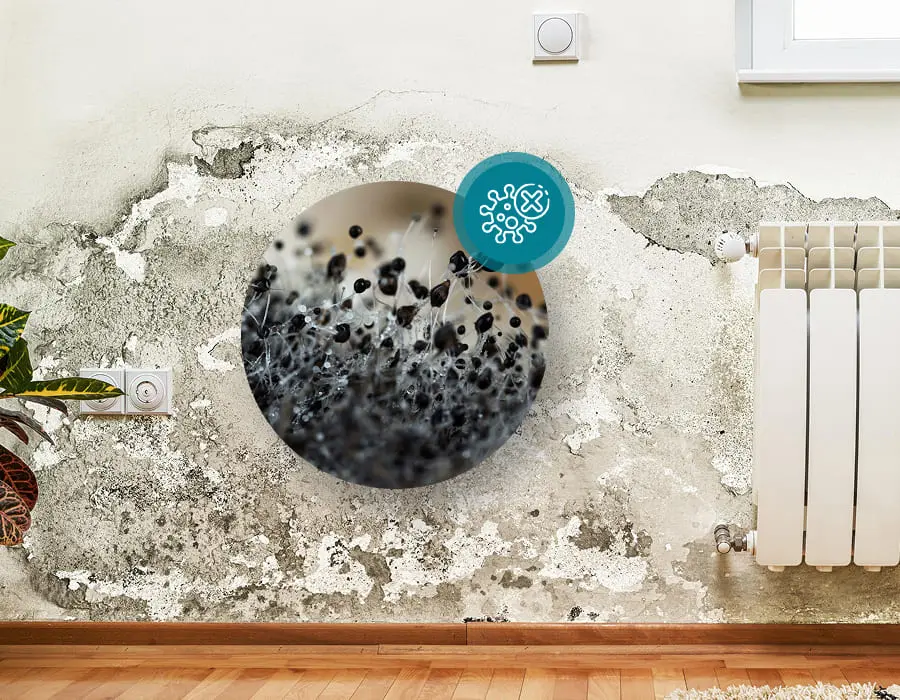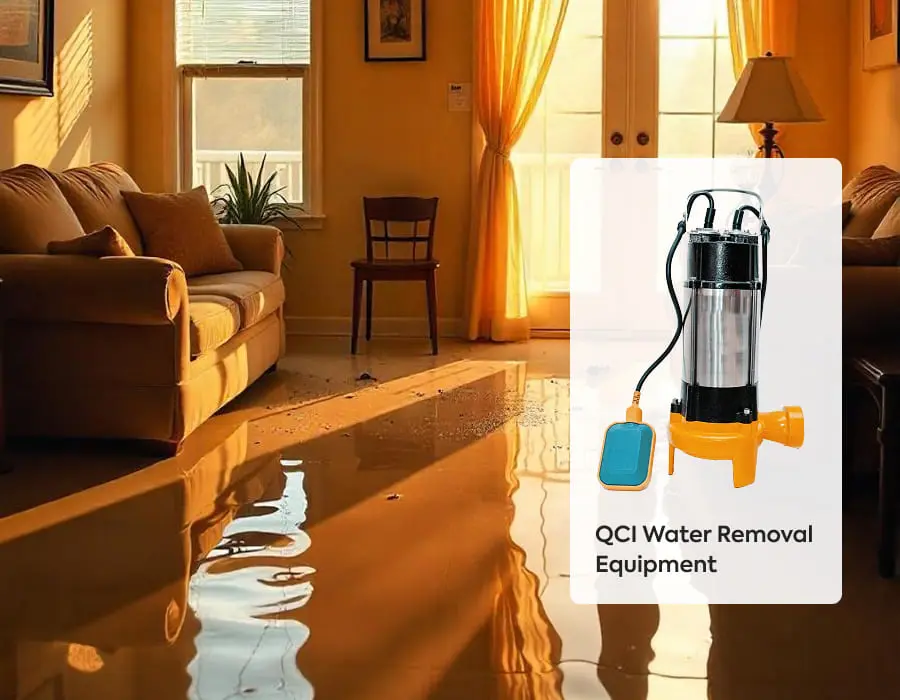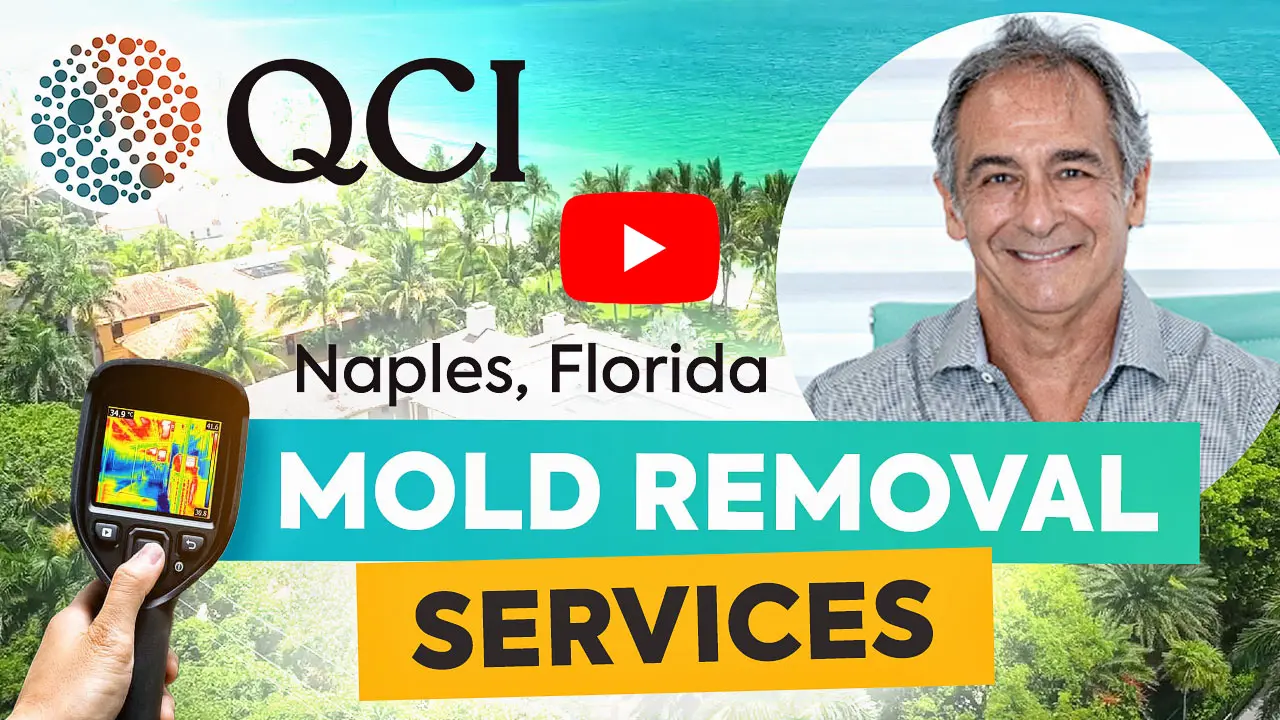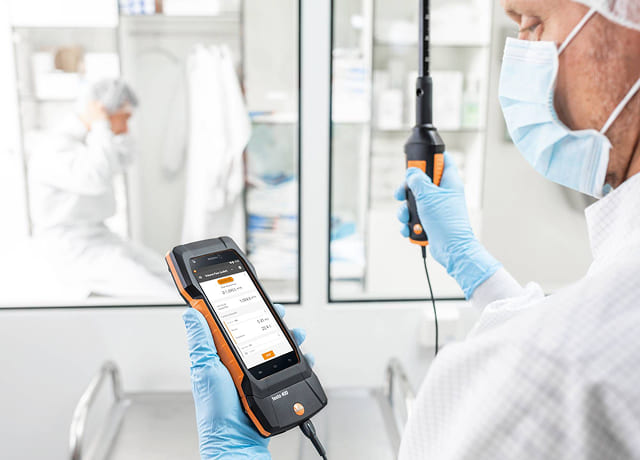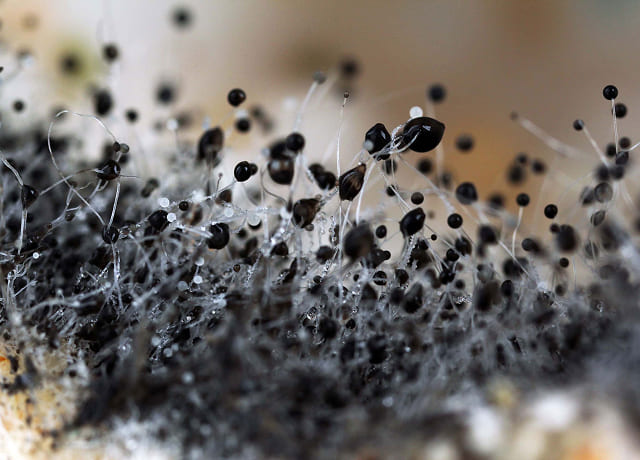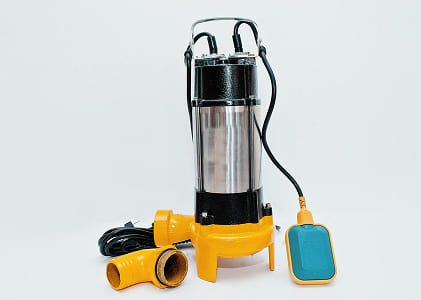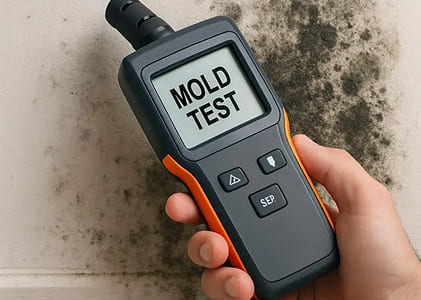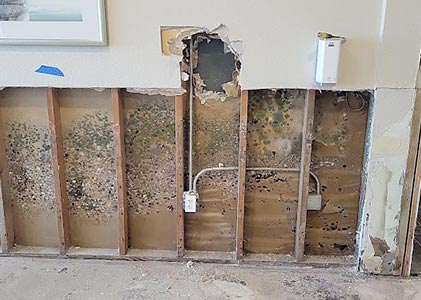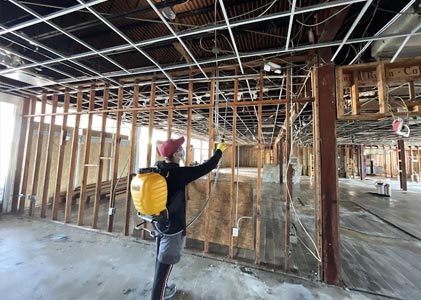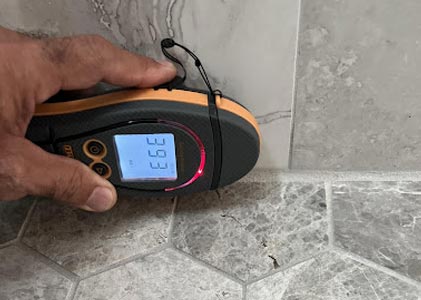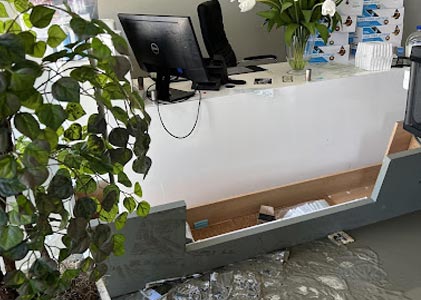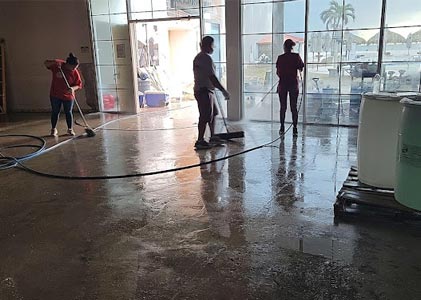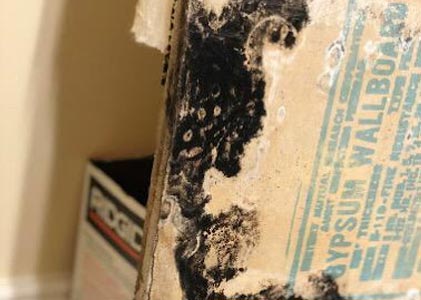Mold Removal Services
Living in Naples, Florida, means enjoying a tropical paradise, but the humid climate during storm season can bring hidden threats like mold and water damage. At QCI, we are here to help. QCI specializes in mold removal, using safe and eco-friendly solutions to eliminate mold at its source. We also provide water damage restoration with a fast response to flooding and leaks.
Services & Solutions
Services
& Solutions

Chemical-Free Mold Remediation
QCI now offers chemical-free mold remediation using green technology hydroxyl generators. This innovative approach not only kills mold but also eliminates bacteria, viruses, and unpleasant odors. It's safe for the environment and ideal for chemically sensitive individuals.
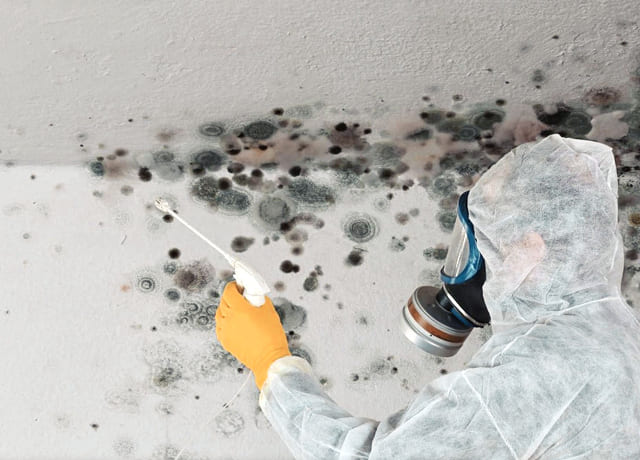
Licensed Mold Testing
& Mold Inspections
Our skilled team provides rapid, same-day lab results for mold investigations. We adhere to strict licensing regulations and meticulous chain-of-custody procedures to ensure precise mold assessment. We also conduct comprehensive moisture investigations to evaluate humidity and water damage in your property. Excessive moisture is the primary precursor to indoor mold growth, making moisture assessment crucial.
swipe side to side

Chemical-Free Mold Remediation
QCI now offers chemical-free mold remediation using green technology hydroxyl generators. This innovative approach not only kills mold but also eliminates bacteria, viruses, and unpleasant odors. It's safe for the environment and ideal for chemically sensitive individuals.

Licensed Mold Testing
& Mold Inspections
Our skilled team provides rapid, same-day lab results for mold investigations. We adhere to strict licensing regulations and meticulous chain-of-custody procedures to ensure precise mold assessment. We also conduct comprehensive moisture investigations to evaluate humidity and water damage in your property. Excessive moisture is the primary precursor to indoor mold growth, making moisture assessment crucial.
Expert Witness Consulting
Our team boasts over 28 years of combined experience in mold remediation, emergency services, restoration work, and mold assessments. We excel at translating technical findings into easily understandable language for legal proceedings, offering expert testimony in litigation, arbitration, mediation, and trials.
Air Quality Testing
QCI's team of certified environmental professionals will assess and restore proper air quality in your home or business. We use state-of-the-art equipment and interpret laboratory results to ensure a healthy indoor environment.
Black Mold Removal
Black mold, often referred to as Stachybotrys chartarum or Stachybotrys atra, thrives in constant moisture. It's closely related to the mold genus Memnoniella and is typically found on water-damaged organic materials. Black mold is associated with "Sick Building Syndrome" and poor indoor air quality.
Emergency Water Removal
Quick water removal is essential to prevent further damage and mold growth. Infrared thermal imaging cameras detect the extent of water damage. Delayed removal can lead to prolonged drying and increased costs, as well as the risk of mold growth. We answer our phone 24/7. Call Today!
professional equipment
swipe side to side
Comparison
QCI offers a High level of customer service and quality
qci offers High level of customer service and quality
- Fully certified and licensed, including IICRC certification.
- Extensive experience and expertise in handling mold, water damage, and air quality issues.
- Rapid response times with 24/7 availability for emergencies.
- Utilizes advanced technology and state-of-the-art equipment for thorough and effective results.
- Excellent customer reviews and testimonials, reflecting reliability and high service quality.
- Transparent pricing with no hidden fees, ensuring fair and accurate cost estimates.
Other Companies Offers and services
- Often lack full certification
- Limited experience in specific areas only
- Available only during business hours
- Outdated or basic equipment
- Mixed or few online reviews
- Hidden fees and vague estimate
worried about mold?
let's take a look
Upload your pictures and get a fast response from our experienced team. We'll let you know exactly what's going on and how we can help.
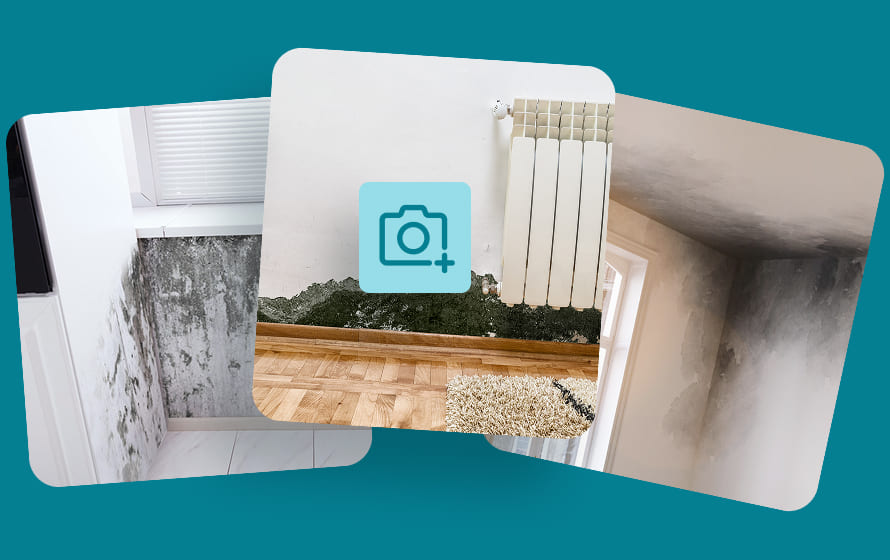
Most Asked Questions
Common signs include musty odors, discolored walls or ceilings, and increased allergy symptoms. If you suspect mold, schedule a professional inspection to confirm and address the issue.
Absolutely. Our hydroxyl generators break down mold spores at the molecular level without releasing harmful chemicals, making them safe for your family and the environment.
We proudly serve Naples, Marco Island, Estero, Bonita Springs, and surrounding communities throughout Collier and Lee Counties.
The timeline depends on the severity of the issue, but most projects are completed within a few days. We provide a detailed schedule during the initial consultation.


